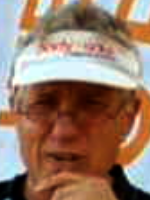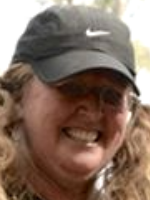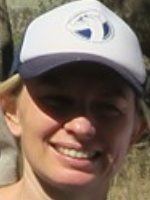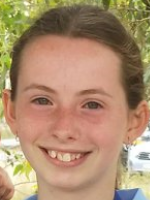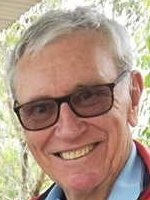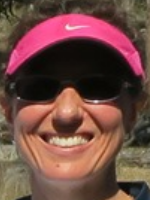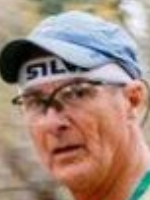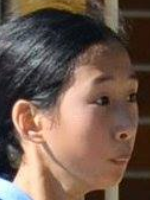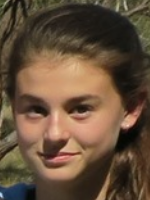Mapping Resources
This page provides links to mapping related material. In general, the material nearer to the top is chosen to be suitable for novice mappers. Material for more advanced mappers is nearer to the bottom.
The basics
1. Safety First. Safety is the first consideration when field working, or course setting and field checking. Read more here.
2. Flow charts of the mapping process. There are many decisions and steps involved when map-updating before course setting, or creating a new map. Here are charts of the process for map-updaters and new map makers. [graphic needs updating in png or svg format to be suitable for a web page]
3. Introduction to mapping. The mapping process in brief provides an overview of map-making steps (for people who don’t like flow charts).
Map updating for course setters provides an overview for map-updating
4. Mapping standards. All maps should follow the mapping standards set by the International Orienteering Federation (IOF).
ISOM2017 (bush & urban maps), ISSprOM2019 (sprint maps) School Maps and ISMTBOM2020 (mountain bike orienteering). You can find the standards here.
5. Basemaps & georeferencing.
- Choice of area (includes landowner permissions etc. which should be done before a basemap is requested)
- How to obtain a Basemap (what ONSW Mapping Officers can provide and How to request one)
- Overview of how a base map is made
- Intro to georeferencing (and why it’s important). [There are two docs by Carol "A Beginner's Guide to Real World Map Coordinates" and "Downloading images from NSW Spatial Services" that could be a part of the intro to gr]
6. Planning the mapping process (you have a basemap). [Apparently (Barry H) the OA website has a lot of docs – find & include links to the useful ones.]
7. Drawing a map (you have done your field work). You need to acquire drawing skills to convert your field work to a professional standard orienteering map. There are several CAD (computer aided design) programs that can be used to create a map. There are two apps specifically written for the creation of orieneering maps. They are OCAD and OOM (Open Orienteering Mapper). Both apps have excellent help files on their websites.
- Getting started with OOM (Hamish has lots of material. Consider including an OOM template for optional use - Hamish to advise)
- Getting started with OCAD [need references to suitable pages in the OCAD Wiki]
8. Fieldwork. This differs with the mapper, but there are core requirements.
- Field work with a tablet (Maybe a link to Maurice Anker’s doc about the Saddleback fieldwork with a GPS tablet.)
- Field work with pencils and paper (incl transferring field work to OOM/Ocad)
- GPS assisted fieldwork
- Field work for map updates (probably pencil & paper, and/or GPS assisted)
9. Final steps for an Orienteering Map.
- Field checking – The Importance of this step and the process.
- Adding cartographic elements: legend, scale bar, title, copyright, etc. AND logos.
- Refer to Printing which is under Course setting.
Advanced
1. Basemaps and Georeferencing.
- Lidar – the OCAD wiki is a good resource.
- Additional outputs in basemaps (special requests): e.g. vegetation, hillshade, etc.
- Link to Barry’s How to create high quality orienteering base maps.
- Tips on importing and using landowner basemaps (e.g. Cad drawings).
- Georeferencing old maps and historic maps (sometimes not possible).
- Russell Rigby’s Spreadsheet of magnetic declination and grid convergence, updated to 2020. (on OANSW website)
2. Characteristics of a good orienteering map (Short articles, touching on the following aspects.)
- Orienteering and the map (ISOM, ISMTBOM also ISSprOM) including runnability/ride-ability.
- Content, generalisation and legibility (ISOM, ISMTBOM and ISSprOM)
- Accuracy (ISOM, ISMTBOM) - needs to include Sprint maps even if there is nothing in ISSprOM
- Bush maps (ISOM): map scale & enlargement, contour interval, barriers, minimum feature dimensions, peripheral information?
- Sprint maps (ISSprOM): map scale & enlargement, contour interval, barriers, minimum feature dimensions, the main ‘running’ level of multilevel structures should be represented, format?
- MTBO maps (ISMTBOM): map scale, contour interval, barriers
- Link to Alex Tarr’s Mapping of Rock Features April 2014 – if he is willing to update it (to include ISOM2017 rock symbols). (I don’t think OOM is essential here, the ideas are more important than the software.)
- HannysLongRace-AO-Dec2013 (get permission?)
3. International Orienteering Federation’s Mapping rules.
- Many/most rules have been covered under 2) Characteristics of a good orienteering map. Printing is covered under course setting.
- Transitioning maps to the new Specifications – when it is essential, points to note (e.g. new symbols, minimum sizes for features.)
- Link to OCAD Wiki about Transitioning maps – is there a similar process in OOM?
- Comments on NSW ‘rules’ – especially for street maps (i.e. non-competition maps)
- Symbols – document if needed. I agree that a document on symbols is needed for new orienteers – I’m not sure what extra can be said here.
- Link to Updated IOF Map Symbols for Orienteering Maps
- Link to Updated IOF Map Symbols for Sprint Orienteering Maps
- Link to New IOF Symbol set for school maps
4. Map storage
- Master maps and competition maps – they are different (especially as competition maps are often at multiple scales).
- Omaps - and other map archives?
5. Miscellaneous
- Guidelines for Engaging a Mapper – (OA document may still useful.)
- List of mappers available for hire – this is likely to be continually out of date… ☹
- Info for orienteers on how to interpret some features, e.g. fences, plus Erica Diment’s fence article.
6. ONSW Course setting pages
Printing is as much mapping as course setting, but can go into course setting. There would be other pages under course setting.
7. Drawing courses
- OCAD
- OOM
- Purple Pen
- Getting started with Purple Pen -
- Purple Pen Tips and Don’t “dos” – e.g. tips: with Australian O English descriptions, e.g. gully not re-entrant (base on OA control descriptions). e.g. don’t “dos” – include jpg files (as much as possible).
8. Printing a map
- Overview of printing orienteering maps – Relevant to 2020 [Barry Hanlon to write?]
- How to prepare a map for printing - peripheral (cartographic?) information, links to logos (including OCAD OA logos - Hamish to convert to OOM?) NOTE this is done in Ocad/OOM, so perhaps should be elsewhere.
- Map design - a UK document? (Also done in Ocad/OOM)
- What paper to use for different events
- List of NSW orienteering map printers
- IOF printing specifications: (incl Spot colours and CMYK). CMYK Appendix?
- Checking the quality of the printed map - Instructions for using the IOF PrintTech test sheets (on IOF Mapping page)
- OA’s Digital Printing Policy – parts of this might now be out of date
